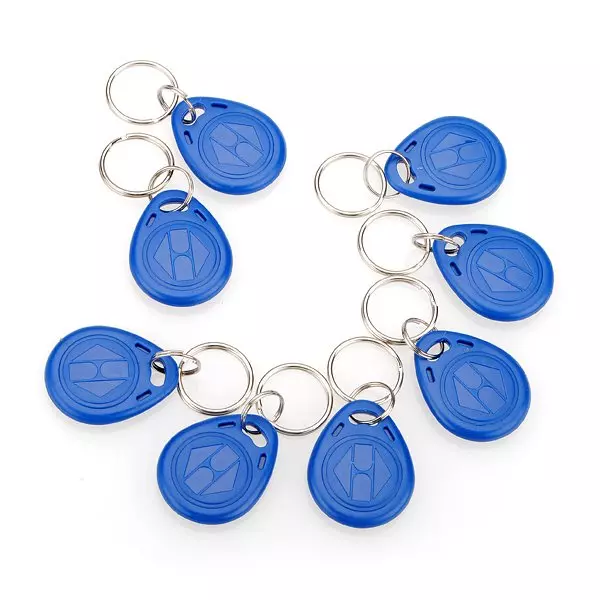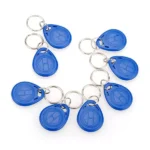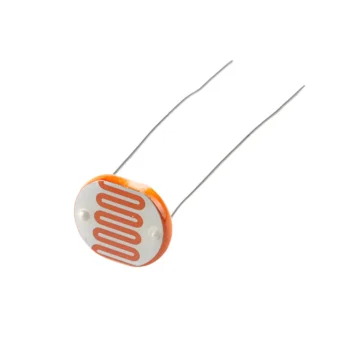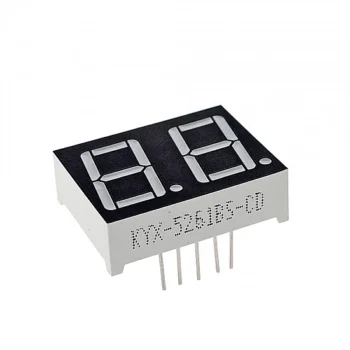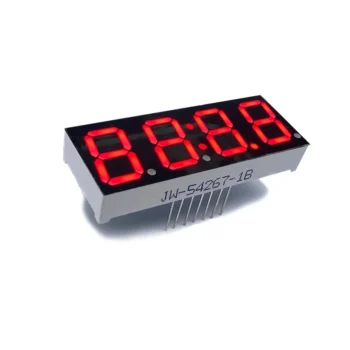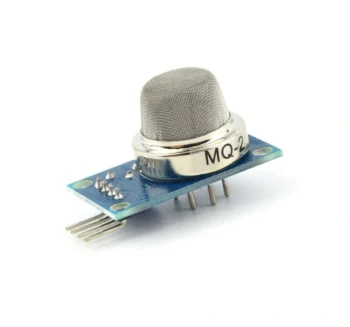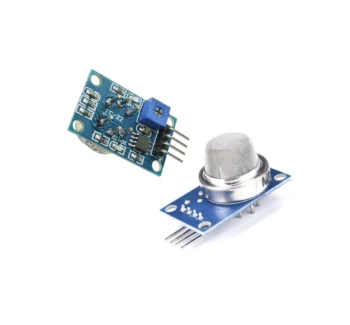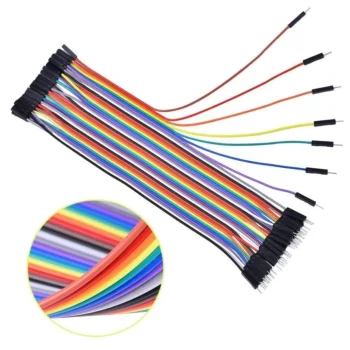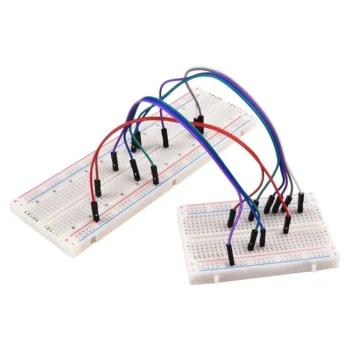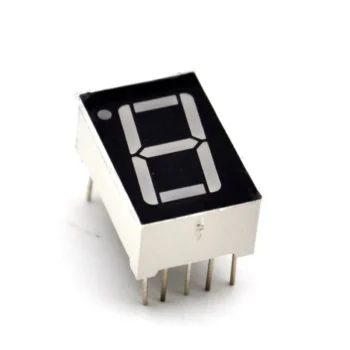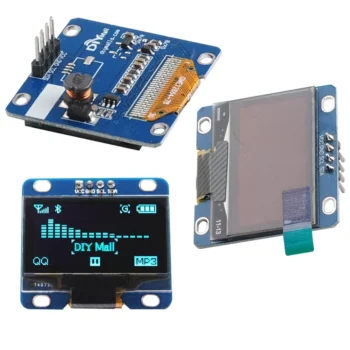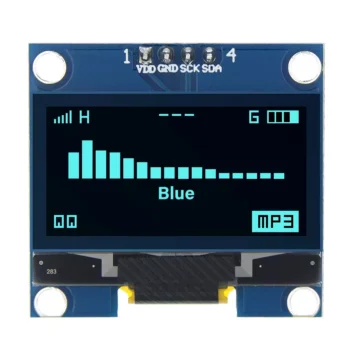TAG RFID 125 Khz ID 36x29x6.6mm
This is 125K RFID Tag. The RFID technology is used for sensing and identifying tagged people and objects for access control, automation, and a whole range of different applications.
Operating on a frequency of 125kHz, these tokens are all pre-programmed with unique ID numbers to communicate wirelessly with RFID Readers over distances of around 10cm or less. This means you can attach it to vehicles or items, keyrings or even pets’ collars to keep track of the location via an array of readers in the office, warehouse or home.
- Livraison & Retour
Livraison
Livraison en boutique GRATUIT
1 à 3 jours ouvrables
À domicile ou en point relais à partir de 400DA
Sur toutes vos commandes en livraison à domicile ou en point relais
Retours
Retour
Nous accepterons les échanges et les retours de vêtements non portés et non lavés dans les 30 jours suivant la date d’achat (14 jours pendant la période des soldes).
Retours en boutique GRATUIT
Votre retour sera généralement traité dans un délai d’une semaine à une semaine et demie. Nous vous enverrons un e-mail de notification de retour pour vous informer une fois le retour effectué. Veuillez prévoir 1 à 3 jours ouvrables pour que les remboursements soient reçus selon le mode de paiement d’origine une fois le retour traité.
- Poser une question
70,00 DA
- Read only
- Can not be programmed.
- Can’t compatible with UHF reader and encrypted readers, for exemple,HID,cobra,APICK, Paradox,Radio,Honeywell,Kaba,Isonas,etc
- Response frequency: 125KHz.
- Chip type: EM-ID 4100/4102 (Only Read)
- Detecting distance: 5-10cm.
Produits connexes
5mm 5537 LDR is a 5mm light-dependent resistor with a « 5537 » model number, which is a photosensitive component that changes its electrical resistance based on the intensity of ambient light. Its resistance is high in darkness and decreases as light increases, making it useful for light-sensitive applications like automatic lighting systems, alarms, and light-level detection.
5621BS Red LED Display 2 Digit 7 Segment Common Anode Digital Display 18 Pin 0.56 inch
- ESP32-WROVER is a powerful, generic WiFi-BT-BLE MCU module that targets a wide variety of applications,ranging from low-power sensor networks to the most demanding tasks, such as voice encoding, music streamingand MP3 decoding. The ESP32-WROVER has two versions: The ESP32-WROVER IPEX Module uses an IPEX antenna while the ESP32-WROVER PCB module has a PCB antenna.
Arduino Nano has enough processing power to control many electronic components. It has several I/O pins, which allows to connect it to many components. , it is a compact and reduced version of Arduino uno maroc.
Arduino Nano has 14 digital inputs/types (6 of which can be used as PWM outputs), 8 analog inputs.
0.56 inch Red 4 Digit 7 Segment LED Display CC 12pin
MODULE compatible Arduino to control 4 motors DC or 2 stepper motors and have 2 connections for servomotors. This shield uses pins D3 to D12 for operation (direction, speed, etc).
The module is based on two L293D drivers and can control up to 4 DC motors with an intensity of 0.6 A per output (1.2 A at peak).
Transceiver module based on an NRF24L01 allowing a 2.4 GHz wireless connection. This module communicates with an Arduino or compatible microcontroller via the SPI bus.
The MQ2 analog gas sensor is used in gas leak detection equipment. This sensor is suitable for detecting LPG, butane, propane, methane, alcohol, hydrogen, and smoke. It has high sensitivity and a fast response time; the sensitivity can be adjusted using a potentiometer.
The ESP32-CAM is an ESP-WROOM-32 development board from AI Thinker, paired with a 2MP OV2640 color camera. The ESP32-CAM module also features an SD card reader that can be used to record images when an event is detected (e.g., presence or motion detector).
Seven-segment display (5611AH):
- The 7-segment displays consist of a series of LEDs placed to form numbers.
- A 7-segment display allows you to view the digits from 0 to 9.
- Typical voltage: 2.2v / Current per segment max: 30mA
1.3-inch OLED display module with a 128×64 pixel resolution and a blue monochrome screen. It uses an I2C/IIC interface for communication, requires a 4-pin connection, and is compatible with 3.3V to 5V microcontrollers like the Arduino. Key features include high brightness, self-emission (no backlight needed), high contrast, low power consumption, and a wide viewing angle
